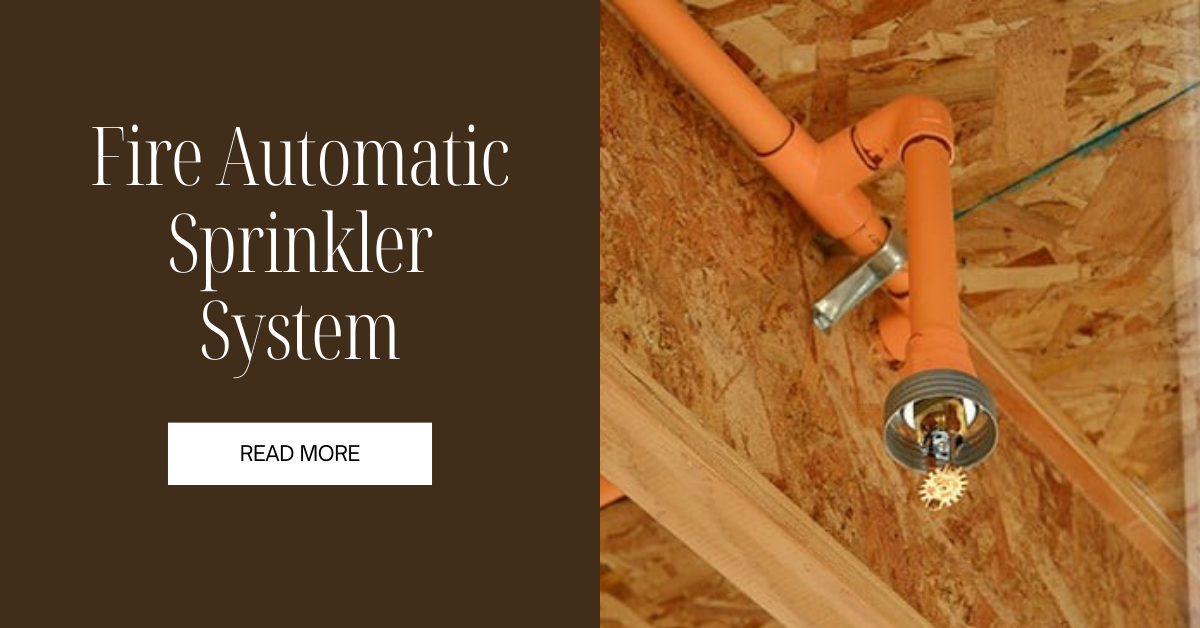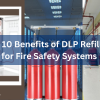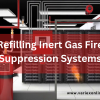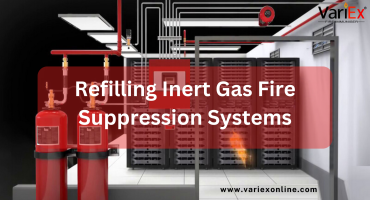![]()
Fire Immuniser
+91-7829629111
Email: info@variex.in
Varistor Technologies Pvt. Ltd.
Block-1, First Floor, Ardente Office One, Hoodi Circle, ITPL Main Road, Bengaluru, Karnataka 560048, IN
Fire Automatic Sprinkler System
Frequently Asked Questions
A Fire Automatic Sprinkler System is a fire protection system designed to detect and suppress fires automatically. It consists of a network of pipes, sprinkler heads, control valves, and alarms, which work together to distribute water or other suppression agents when heat from a fire is detected.
When a fire causes the temperature in a room to rise, the heat-sensitive element in a sprinkler head is activated, releasing water onto the fire. Each sprinkler head operates independently, ensuring that only areas affected by the fire receive water.
Yes, Fire Automatic Sprinkler Systems are highly reliable when properly designed, installed, and maintained. Studies have shown that sprinkler systems can significantly reduce property damage and save lives by controlling fires in their early stages.
Building codes and regulations vary by jurisdiction, but many jurisdictions require Fire Automatic Sprinkler Systems in new construction, high-rise buildings, schools, healthcare facilities, and other structures with specific occupancy classifications. Existing buildings may also be required to retrofit sprinkler systems depending on factors such as occupancy type and renovation scope.
Sprinkler systems are designed to activate only in response to high temperatures consistent with a fire. The heat-sensitive elements in sprinkler heads are calibrated to trigger at specific temperatures, minimizing the risk of accidental activation. False alarms are rare but can occur due to factors such as mechanical damage, corrosion, or vandalism.
Final Say
At VariEx.in and VariexOnline.com, we specialize in supplying and installing top-quality fire fighting systems and equipment. From fire extinguishers to advanced suppression systems, we offer comprehensive solutions tailored to your needs. Our experienced team ensures precise installation and maintenance for optimal safety.
Trust VariEx for reliable fire protection. Contact us online or call 7829629111 to learn more.










